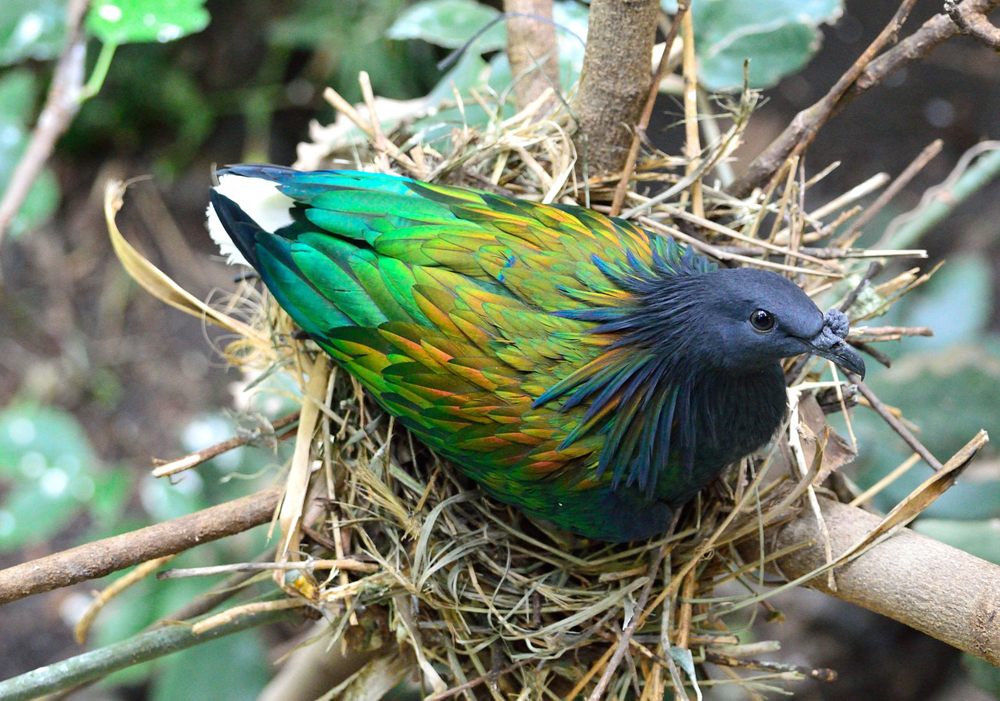Color Me Confused! Iridescence Helps Animals Evade Predators

Iridescent creatures — such as dragonflies, catfish and boa constrictors — often dazzle onlookers with their shimmering colors. These alluring, luminescent hues may be key to an animal's survival, helping it to confuse and escape from predators looking for a meal, a new study finds.
Iridescence is hardly the only conspicuous coloration that befuddles predators, said the study's author, Thomas Pike, a behavioral and sensory ecologist at the University of Lincoln in the United Kingdom.
For instance, contrasting stripes may help animals escape from predators, likely because stripes make it hard for predators to judge speed and movement, Pike said.
"It struck me that the conspicuous colors displayed by iridescent animals may also allow them to evade predators using a similar mechanism," he said in a statement. [See Dazzling Photos of Iridescent Animals]
To investigate, he trained seven female Japanese quails to peck at a virtual black bug, represented by a 0.8-inch-diameter (20 millimeters) circle moving across a touch screen. When the quails pecked within 0.4 inches (10 mm) of the circle's center, Pike rewarded them with dried mealworms.
Once the quails were proficient, he began mixing in iridescent circles. During each trial, each quail encountered 20 circles. Half of the circles were black and half of them were iridescent, and they were presented in a random order. The quails pecked, on average, fewer than three times in order to skewer a black circle. But the iridescent circles required an extra peck, on average, Pike found.
The quails also had less-accurate aim. They pecked about 0.6 inches (16 mm) away from the middle of the iridescent circles — an average of about 0.08 inches (2 mm) farther away than they did for the black circles.
Sign up for the Live Science daily newsletter now
Get the world’s most fascinating discoveries delivered straight to your inbox.
The results suggest that changes in color or brightness, also known as "interference coloration," may make it difficult for predators to track prey, Pike said. Many animals have iridescence, including some insects, like beetles and butterflies; birds; fish; reptiles; cephalopods, such as squid; and at least one mammal, the golden mole, he said.
"My findings suggest that significant anti-predator benefits may indeed be gained by having interference coloration, and may explain why interference colors are so widespread," Pike said. "More generally, this raises the intriguing possibility that changing appearance may be important in predator avoidance, and that interference colors are a special case of this phenomenon."
The study was published April 15 in the journal Biology Letters.
Follow Laura Geggel on Twitter @LauraGeggel. Follow Live Science @livescience, Facebook & Google+. Original article on Live Science.

Laura is the archaeology and Life's Little Mysteries editor at Live Science. She also reports on general science, including paleontology. Her work has appeared in The New York Times, Scholastic, Popular Science and Spectrum, a site on autism research. She has won multiple awards from the Society of Professional Journalists and the Washington Newspaper Publishers Association for her reporting at a weekly newspaper near Seattle. Laura holds a bachelor's degree in English literature and psychology from Washington University in St. Louis and a master's degree in science writing from NYU.










